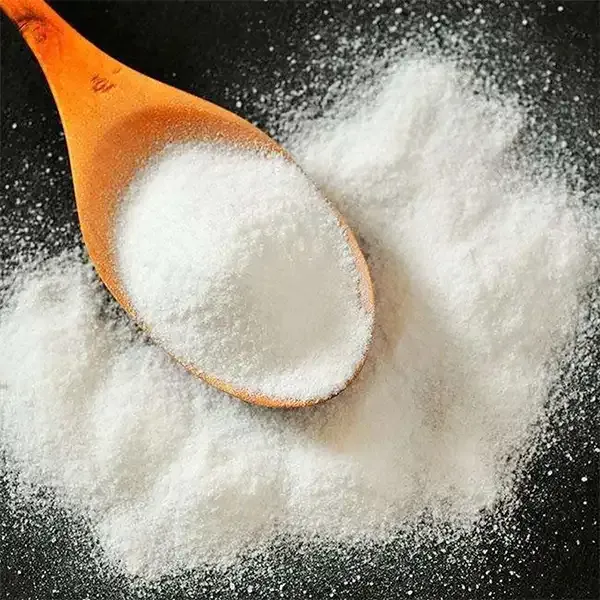The Role of Hydroxypropyl Methylcellulose (HPMC) in Powder Detergents
In recent years, the demand for efficient and environmentally friendly cleaning agents has prompted research into various ingredients that enhance the performance of powder detergents. Among these, Hydroxypropyl Methylcellulose (HPMC) has emerged as a significant additive, contributing not only to the cleaning efficacy but also to the formulation stability of powder detergents.
The Role of Hydroxypropyl Methylcellulose (HPMC) in Powder Detergents
One of the primary benefits of incorporating HPMC into powder detergents is its ability to enhance the product's dissolution rate in water. Traditional powder detergents can sometimes leave residue, especially if they do not dissolve uniformly. HPMC, with its hydrophilic properties, promotes better interaction with water, allowing for quicker and more efficient dissolution. This leads to improved cleaning performance, as the surfactants within the detergent can operate more effectively when fully dissolved. As a result, users of HPMC-enhanced powder detergents are likely to experience improved stain removal and overall cleaning power.
powder detergent hpmc

Moreover, HPMC contributes to the physical stability of powder detergents. The inclusion of this additive can prevent clumping and caking of the powder during storage, which is crucial for maintaining the product's effectiveness. When detergents are exposed to humidity or temperature fluctuations, they can become compacted, making it challenging for consumers to use the product efficiently. HPMC addresses this issue by maintaining a consistent texture, allowing the product to flow freely and dispense easily.
In addition to these functional advantages, HPMC is also recognized for being environmentally friendly. As a plant-derived polymer, it does not pose significant risks to health or the environment, making it a suitable ingredient for eco-friendly formulations. Many consumers today are increasingly conscious of the environmental impact of the products they use. Therefore, manufacturers that incorporate HPMC into their powder detergent formulas can appeal to this growing market segment, aligning with sustainable practices and fulfilling consumer demands for green products.
Furthermore, HPMC can serve as a binding agent in powder detergent formulations, helping to achieve the desired granule size and distribution. This is particularly important for the formulation of powder detergents, as the proper granule size influences how well the product performs in washing machines. It ensures that the detergent dissolves at an optimal rate and delivers its cleaning agents effectively during the wash cycle.
In conclusion, the incorporation of Hydroxypropyl Methylcellulose into powder detergents presents a multitude of benefits, enhancing performance while promoting eco-friendly practices. Its ability to improve dissolution rates, maintain product stability, and contribute to the overall cleaning efficiency positions HPMC as a valuable ingredient in modern detergent formulations. As consumer preferences continue to evolve toward sustainability and effectiveness, the role of HPMC in powder detergents is poised to grow, marking a significant advancement in the cleaning products industry. Manufacturers who leverage this innovative ingredient can not only improve their product offerings but also align with the values of today's environmentally conscious consumers.
-
The Application and Significance of Construction RdpNewsMay.19,2025
-
Industrial Grade HpmcNewsMay.19,2025
-
Building Coating Adhesive Building Coating Adhesive HpmcNewsMay.19,2025
-
Application Of Hpmc For Detergent For Detergent In DetergentsNewsMay.19,2025
-
Application Of Hpmc Cellulose In Cement-Based MaterialsNewsMay.19,2025
-
Application Of High Quality Hpmc For Construction In The Field Of ConstructionNewsMay.19,2025




